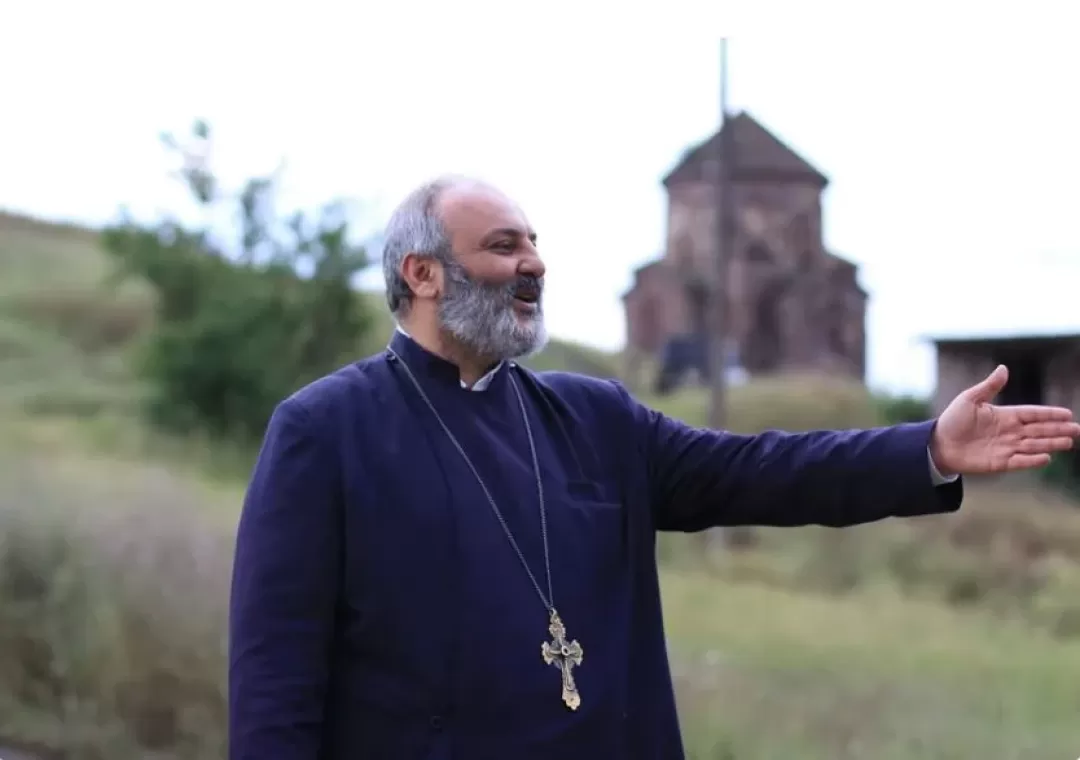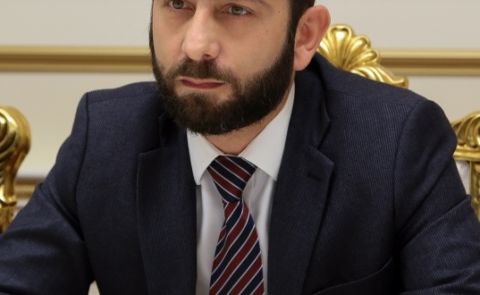
Archbishop Galstanyan Outlines Phases of Tavush for the Homeland Movement

Archbishop Bagrat Galstanyan, leader of the Tavush for the Homeland movement and Primate of the Diocese of Tavush of the Armenian Apostolic Church, expressed his perspective during a meeting with experts, analysts, political scientists, and NGO representatives of Armenia on May 21. Galstanyan emphasized that their movement has three distinct phases.
“The first phase for us was the illegal process of [border] delimitation of the villages of Voskepar, Baghanis, Kirants, and the popularization and protection of our people. We moved that struggle to Yerevan, which is the only place to solve the problem,” said Galstanyan.
Moving forward, Galstanyan discussed the transition to the second phase, which involves a shift from emotional responses to reasoned actions. He emphasized the importance of this phase in consolidating efforts and strategizing for future actions.
“By May 26, the second phase will be concluded, and we will enter the third phase, which is a complicated, difficult, but pleasant period, I believe, for all of us because we see the conclusion as the logical end of this movement,” Archbishop Galstanyan noted.
Members of the Tavush for the Homeland movement oppose the current Armenian authorities' policy of making unilateral concessions to Azerbaijan. In response, they are actively engaging in civil disobedience actions, particularly in the capital city of Yerevan.
Read also: Archbishop Announces Plans for Further Civil Disobedience Amid Armenian Protest Movement
See Also


Russia Begins 24/7 Radiation Monitoring in Dagestan After Iranian Nuclear Incident

How Do Caucasus States React to Israel-Iran War?

Weekly Brief on Military Situation in the South Caucasus (9–15 June 2025)

Former Georgian PM Gakharia to Face Prosecution

